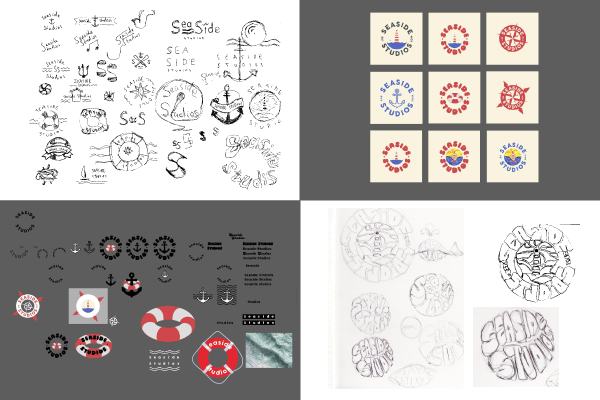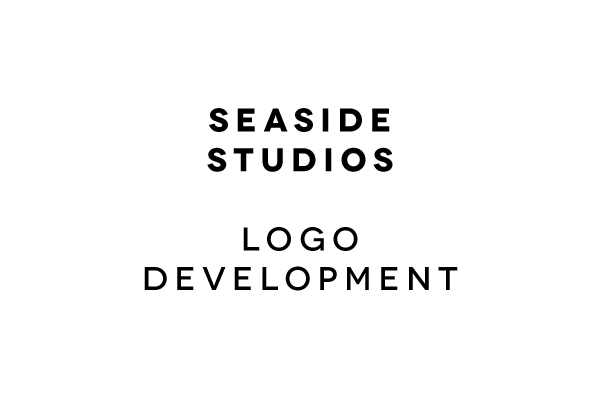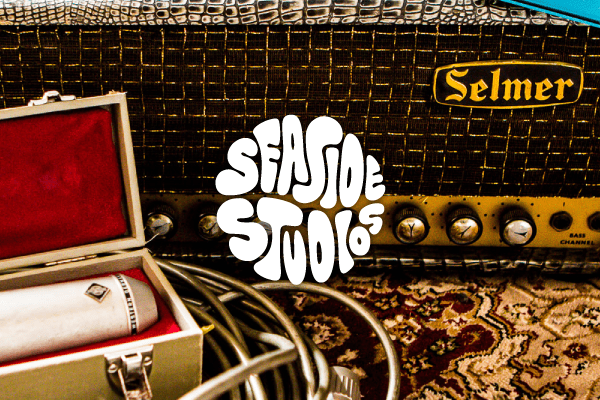

Developing a brand identity is a fun and creative process. Or at least, it should be! Our graphic designers pore over pixels and strike perfectionism into everything they do. We asked them to reveal what goes into the creation of that most distinctive element of a brand - the logo.
It’s worth covering the distinction between brand, brand identity and logo here. A brand is the perceived emotional image of a company or business, encompassing the values and vision of that entity.
Brand identity is all the visual elements used to represent the brand - these are the consistent and engaging artefacts that communicate the brand - the colours, fonts and tone of voice.
A brand logo is the central visual element, the purpose of which is to help customers find, recognise and remember a brand. It can be a simple image or logotype or a combination of the two.
The end result of a logo design should be simplicity - even if the work that goes into that creation is far from so.
We’ve been working with freshly launched boutique music production studio, Seaside Studios, based here in sunny Brighton.
We were tasked with creating them an entire brand identity, from logo to sub-brands, all of which was incorporated into a new website. Getting the logo right was crucial - so here's what happened, straight from the perspective of the designer's chair...
This is where it begins. Talking to the client and understanding their brand and their strategy (and identifying if they even have one) is the first step in creating a brand identity that resonates.
Having a feel for the brand, taking on board what the client does and doesn't like, while also thinking about the positioning and longer term goals of the business may seem abstract when it comes to a piece of design work.
However in the case of a logo design these influences are just as important as the name or the colour palette!
Once you have established the client’s strategy, or helped them to define this, the next step is to add some background and insight to the project.
Much the same as you would for a website design you need to strike the balance between the needs of business and audience by working out what appeals to them, and you can only do this with a bit of solid research.
Create moodboards to help with visualising colours, styles and shapes; think about similar brands or metaphors to convey.
A moodboard is a really useful tool for getting immediate feedback from your client and incorporating this into the next step.

This is the part where you put what is in your head onto paper. Start mapping out your vision, and identifying what works in your head and what won’t work outside it!
Lots of quick sketches will help build your logo; test out different layouts, imagery, type and shapes.
Once you’ve come across a few solid ideas, you can begin to scan in your sketches and build your logo on the computer.
Don’t be afraid to repeat this process and go back to the drawing board. Working over the top of a clear drawing can save you a lot of time.

Designing a great logo is often the easy part of the project, getting it signed off is the hard part. This is where a great presentation comes into action.
The client wants to feel like their logo is a million dollars, to do this you’ll need to show everything from professional mockups to faultless brand guidelines.
Cutting corners will only delay the project from moving forward. Be prepared for some final tweaks.
And once the design is finalised, prepare the correct files and hand these over to the client - giving them all the support they need in using their logo at its absolute best.

What do you think of our creation? Have a look at the final logo in action on the Seaside Studios website - harmoniously created by Bozboz.



If you want to showcase your offering, convert more leads, provide resources, or all of the above, we can build a website that separates you from the competition.



